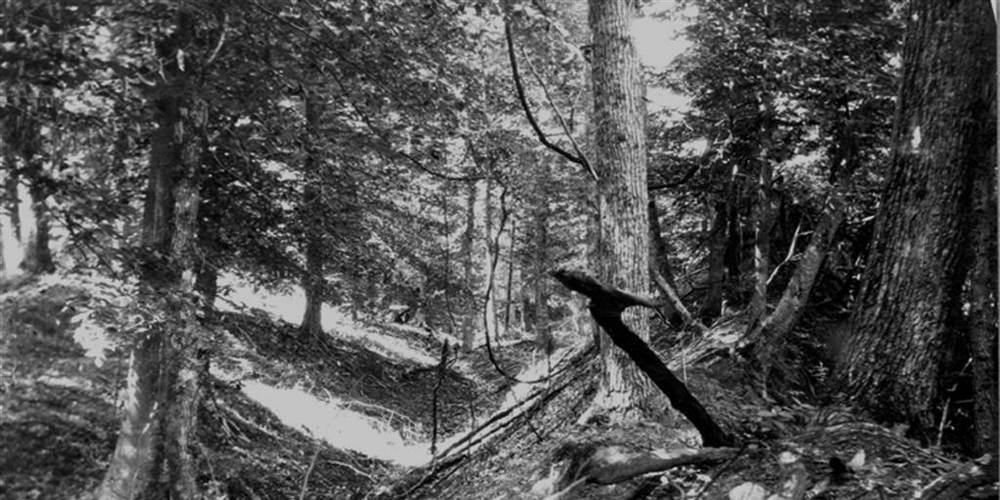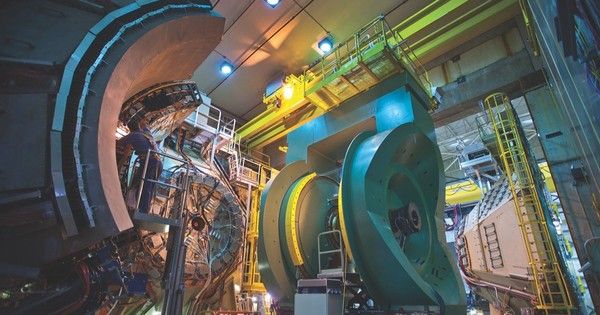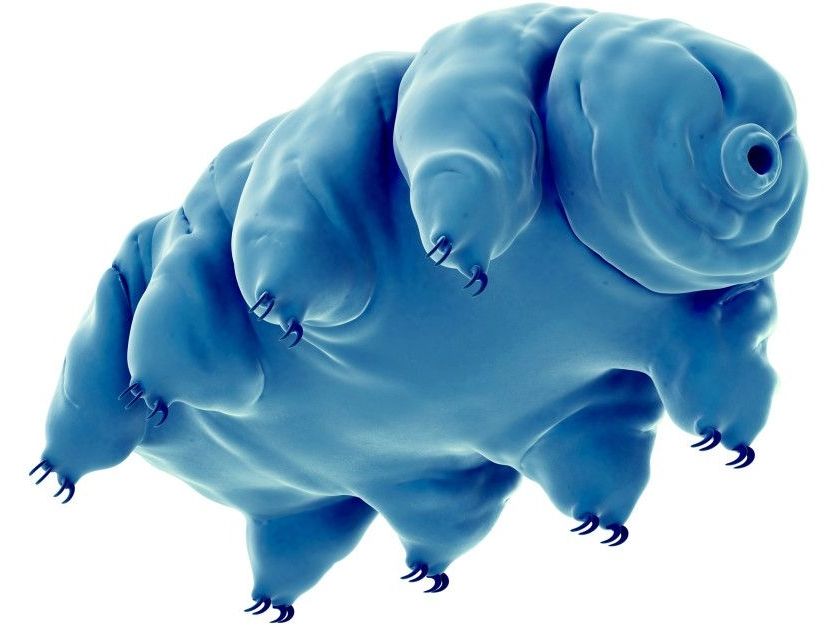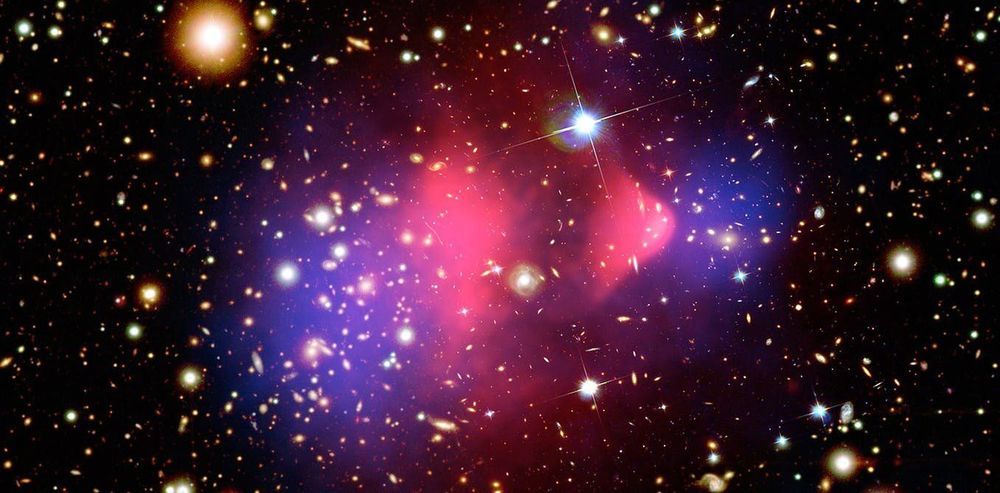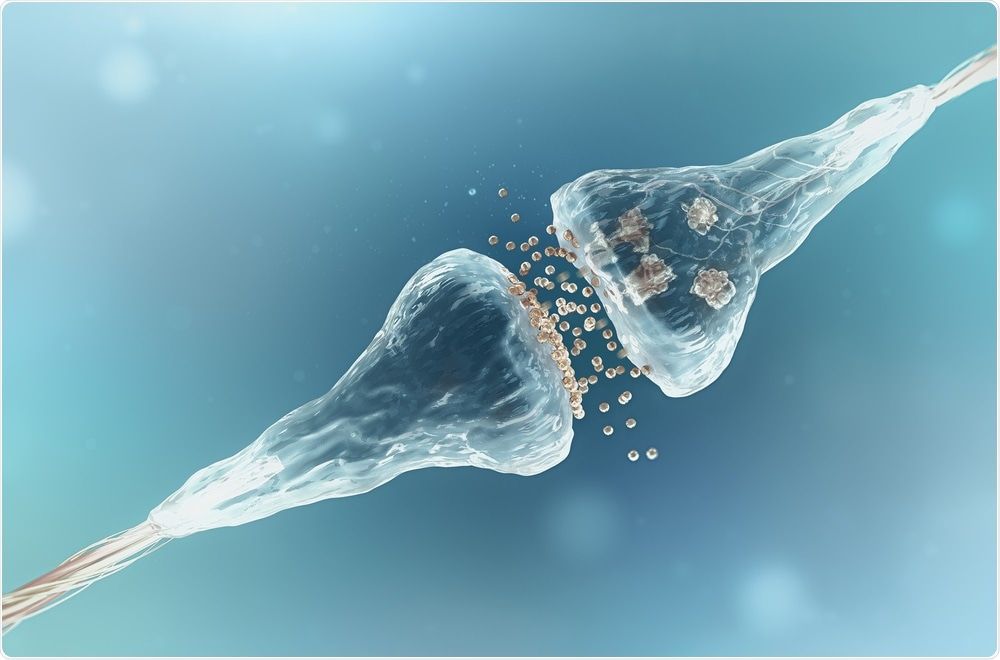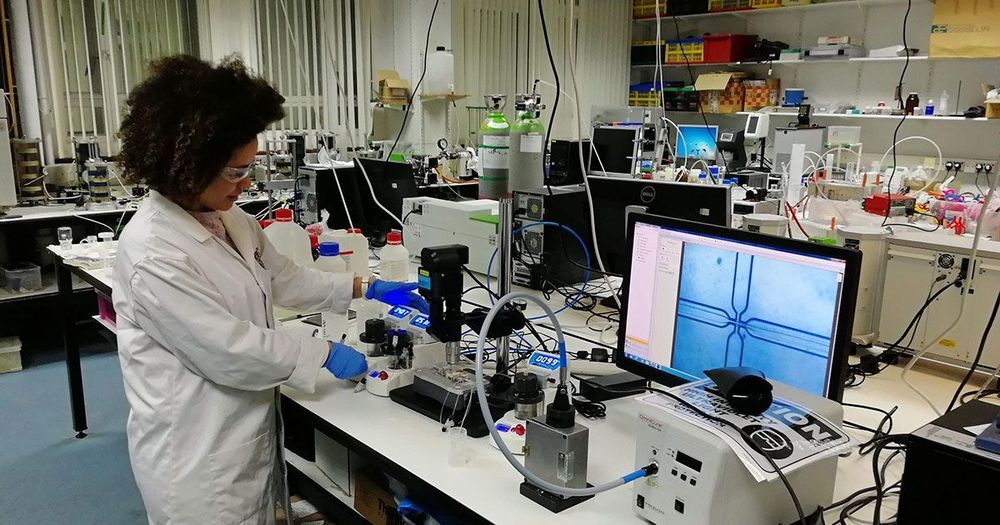Feb 1, 2019
Learning Language in Deep Sleep Isn’t Just Science Fiction Anymore
Posted by Genevieve Klien in categories: health, neuroscience
As important as sleep is for health, happiness, and performance, it really is a time suck. Those eight or so hours when we lose consciousness may be restorative, but just think of what we could accomplish if we could actually put them to productive use. Scientists believe that we can use these unconscious hours to begin to learn new facts or languages in our sleep, as long the information is presented in the right way.
In his paper published Thursday in Current Biology, University of Bern neuropsychologist Marc Züst, Ph.D., presents evidence that it’s actually possible to form new “semantic connections” at specific moments during the sleep cycle. These, he explains, are associations between two words that we use to help encode new information and give words context. For instance, when we hear the word “winter,” we think of cold temperatures, skiing, or, most recently, polar vortices. In his study, Züst found that the brain can actually learn to make these associations if we hear two words paired together at certain times within the sleep cycle.
“Humans are capable of sophisticated information processing without consciousness,” Züst tells Inverse. “Sleep-formed memory traces endure into the following wakefulness and can influence how you react to foreign words, even though you think you’ve never seen that word before. It’s an implicit, unconscious form of memory — like a gut feeling.”
Continue reading “Learning Language in Deep Sleep Isn’t Just Science Fiction Anymore” »

